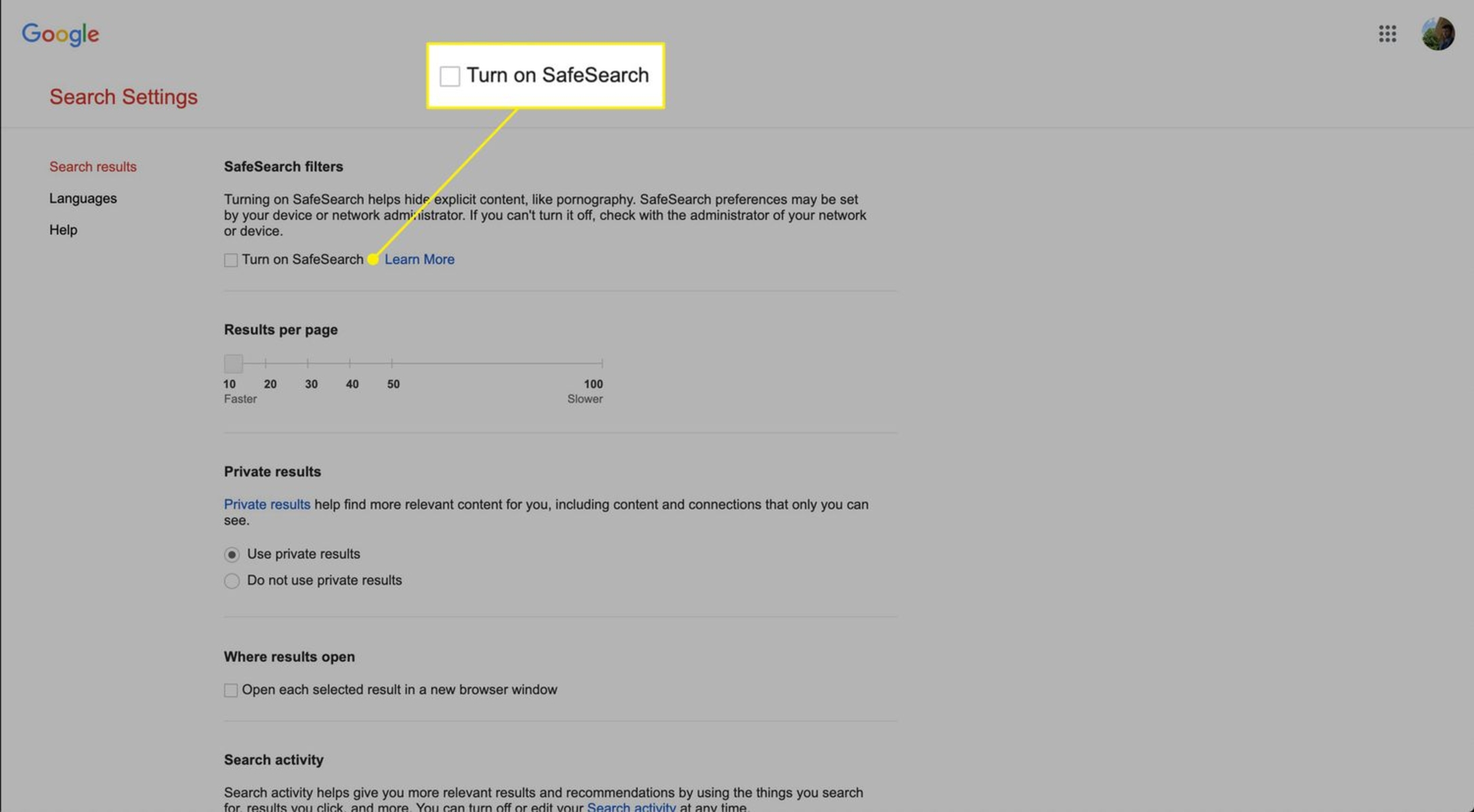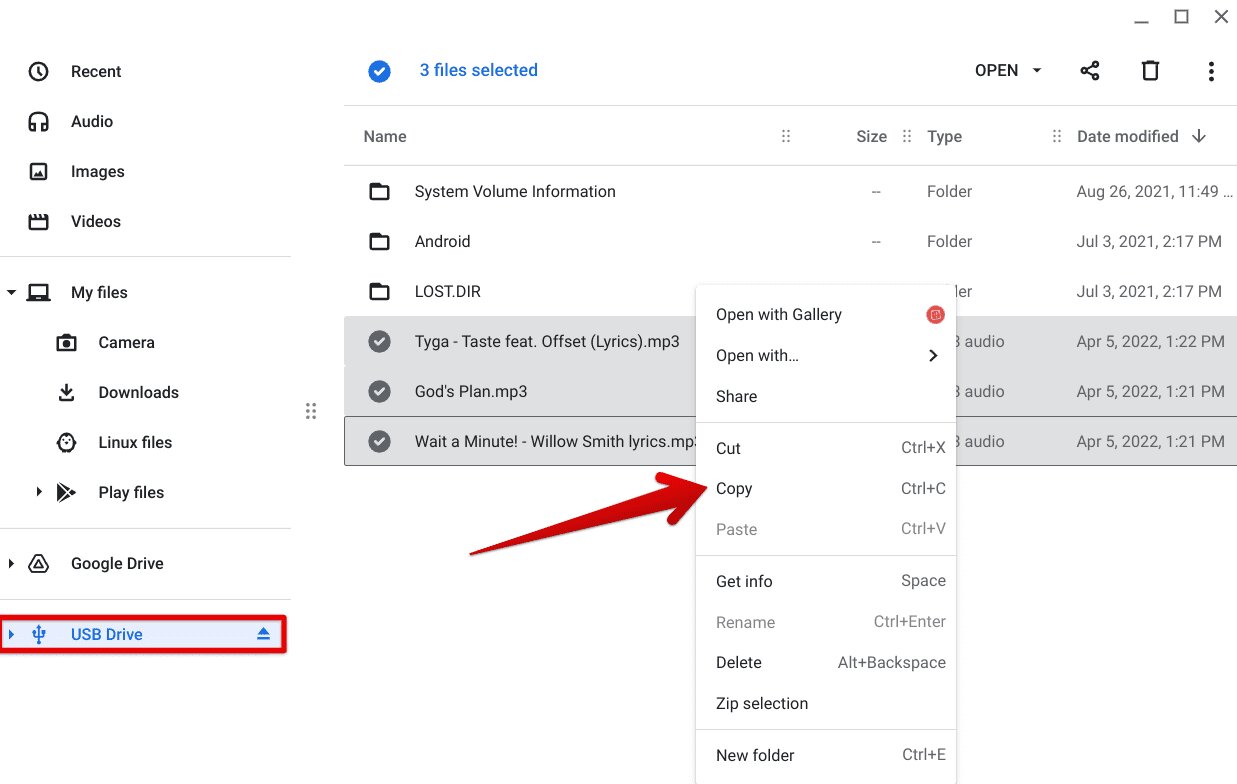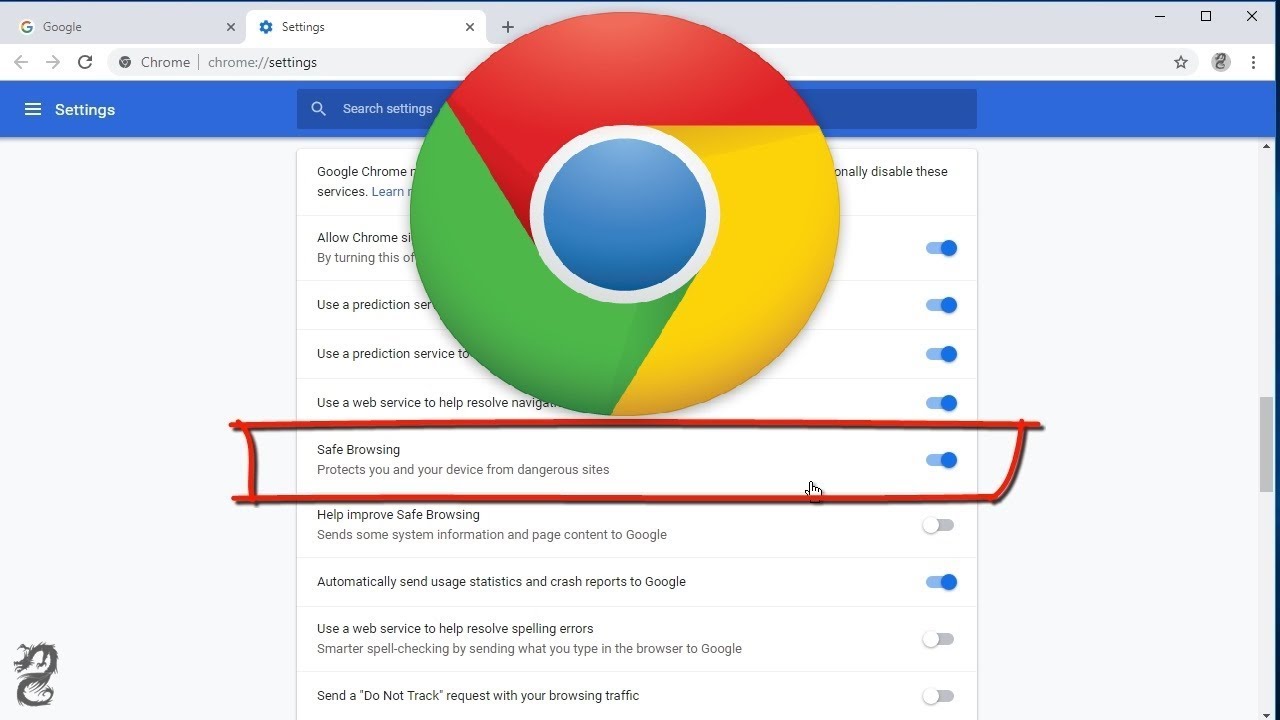Introduction
Welcome to the digital age, where the internet serves as a vast repository of information, entertainment, and connectivity. As we navigate the web, search engines like Google Chrome play a pivotal role in helping us find what we seek. However, these platforms often come equipped with safety features, such as Safe Search, designed to filter out explicit content. While this feature is valuable for many users, there are instances where individuals may wish to turn it off to access a broader range of search results.
In this guide, we will delve into the process of turning off Safe Search in Chrome, providing you with the necessary steps to customize your browsing experience. Whether you're a parent adjusting settings for your child's online activities or an adult seeking unrestricted search results, understanding how to disable Safe Search can empower you to tailor your browsing environment to your preferences.
So, let's embark on this journey to unlock the full potential of your Chrome browser by learning how to turn off Safe Search. Whether you're seeking a more comprehensive search experience or simply exploring the customization options available to you, this guide will equip you with the knowledge to navigate Chrome's settings and make the necessary adjustments. Let's dive in and discover the steps to take control of your search engine preferences.
Step 1: Open Chrome Browser
To begin the process of turning off Safe Search in Chrome, the first step is to open the Chrome browser on your device. Whether you're using a desktop computer, laptop, or mobile device, launching the Chrome browser is the initial action required to access the settings and make the necessary adjustments.
If you're using a Windows computer, you can open Chrome by locating the Chrome icon on your desktop or by searching for "Chrome" in the Windows Start menu. Simply click on the Chrome icon or select the search result to launch the browser.
For Mac users, opening Chrome is just as straightforward. You can find the Chrome icon in the Applications folder or the Dock. Click on the icon to open the browser and proceed to the next step in the process.
If you're using a mobile device, such as a smartphone or tablet, locating the Chrome app on your home screen or in the app drawer is the first step. Tap the Chrome icon to open the browser and prepare to navigate to the settings where you can adjust the Safe Search feature.
Once the Chrome browser is open on your device, you're ready to proceed to the next step in the process of turning off Safe Search. With the browser at your fingertips, you're one step closer to customizing your search experience and accessing a broader range of search results.
Opening the Chrome browser is the gateway to exploring its various settings and features, allowing you to tailor your browsing experience to your preferences. As we move forward, the next steps will guide you through the process of accessing the settings where you can make the necessary adjustments to disable Safe Search and unlock a more comprehensive search experience.
With Chrome now open, let's venture into the realm of settings and customization to take control of your search engine preferences.
Step 2: Go to Settings
After successfully opening the Chrome browser, the next crucial step in the process of turning off Safe Search is to navigate to the settings. The settings menu in Chrome serves as a central hub where users can customize various aspects of their browsing experience, including privacy and security features, search engine preferences, and advanced options for personalized control.
To access the settings in Chrome, look towards the top-right corner of the browser window. Here, you will find an icon consisting of three vertical dots, symbolizing the Chrome menu. Click on this icon to reveal a dropdown menu containing a range of options for managing your browsing experience.
Upon clicking the menu icon, a list of options will appear, including "New Tab," "New Window," "History," "Downloads," "Bookmarks," "Zoom," "Settings," and more. Locate and click on the "Settings" option to proceed to the next stage of the process.
As you click on "Settings," a new tab will open within the Chrome browser, presenting you with a wealth of customization options and controls. This tab serves as the gateway to a multitude of settings that enable you to tailor your browsing experience to your preferences.
Within the Settings tab, you will find a navigation panel on the left-hand side, featuring categories such as "Privacy and security," "Autofill," "Advanced," and more. These categories encompass a wide array of settings, each offering the ability to fine-tune your browsing environment.
As we focus on turning off Safe Search, it's essential to navigate through the settings to locate the specific option related to search engine preferences. This may involve scrolling down the navigation panel or using the search bar within the Settings tab to expedite the process.
By accessing the Settings tab in Chrome, you have taken a significant step towards customizing your browsing experience and gaining control over the Safe Search feature. With the settings at your disposal, you are now poised to delve into the specific options that will enable you to disable Safe Search and unlock a broader spectrum of search results.
As we progress to the next step, the journey through the settings tab will empower you to make the necessary adjustments, ultimately shaping your search engine preferences to align with your desired browsing experience. Let's continue our exploration of the settings to accomplish the goal of turning off Safe Search and accessing a more comprehensive search experience.
Step 3: Select Search Engine
Having navigated to the Settings tab within the Chrome browser, the next pivotal step in the process of turning off Safe Search involves selecting the search engine preferences. Chrome offers users the flexibility to customize their search experience by choosing their preferred search engine, which directly influences the search results displayed.
Within the Settings tab, locate and click on the "Search engine" category in the navigation panel. This category is instrumental in enabling users to define their primary search engine, shaping the foundation of their browsing experience. Upon selecting the "Search engine" category, you will be presented with a range of options, including the default search engine and additional alternatives.
The default search engine is the one that Chrome utilizes for conducting search queries. By default, Chrome uses Google as the primary search engine, leveraging its robust algorithms and vast index of web content to deliver relevant search results. However, users have the autonomy to modify this setting and select a different search engine that aligns with their preferences.
Upon entering the "Search engine" category, you will encounter a list of available search engines, including Google, Yahoo, Bing, and others. Additionally, Chrome provides the option to manage search engines, enabling users to add new search engines or remove existing ones based on their preferences.
To proceed with turning off Safe Search, it's essential to focus on the search engine settings and make the necessary adjustments. By selecting a different search engine or customizing the search engine preferences, users can potentially influence the Safe Search feature and its filtering capabilities.
As you delve into the search engine settings, consider the implications of your selection on the search results you receive. Different search engines may employ varying algorithms and filtering mechanisms, which can impact the content displayed in search results. By selecting a search engine that aligns with your preferences, you can potentially influence the scope of search results and the application of safety filters.
With the search engine settings at your fingertips, you are empowered to shape your browsing experience and tailor the search results to your liking. By selecting your preferred search engine, you are taking a significant step towards customizing your search experience and potentially influencing the Safe Search feature within Chrome.
As we progress to the next step, the journey through the search engine settings will provide you with the tools to shape your search experience and potentially impact the application of Safe Search. Let's continue our exploration of the settings to accomplish the goal of turning off Safe Search and accessing a more comprehensive search experience.
Step 4: Turn Off Safe Search
After navigating to the search engine settings within the Chrome browser, the pivotal moment arrives as you prepare to turn off Safe Search. This step involves making the necessary adjustments to disable the Safe Search feature, thereby unlocking a broader spectrum of search results and potentially influencing the filtering mechanisms applied to your queries.
Within the search engine settings, look for the specific option related to Safe Search. Chrome typically provides users with the ability to manage Safe Search settings, allowing for customization based on individual preferences. The location of this option may vary based on the version of Chrome and the device being used, but it is commonly found within the search engine settings or the broader privacy and security settings.
Upon locating the Safe Search option, you will likely encounter a toggle or checkbox that enables you to activate or deactivate this feature. To turn off Safe Search, simply toggle the switch to the "Off" position or uncheck the box, depending on the interface presented in your version of Chrome.
By disabling Safe Search, you are asserting control over the filtering mechanisms applied to your search queries. This action signifies a deliberate choice to access a wider range of search results, potentially including content that may not be filtered out by safety restrictions. It's important to exercise caution and consider the implications of turning off Safe Search, especially in environments where content accessibility is a concern.
As you proceed with turning off Safe Search, take a moment to reflect on your decision and its potential impact on your browsing experience. By customizing the Safe Search settings, you are shaping the parameters within which search results are delivered, aligning them with your preferences and requirements.
With Safe Search now turned off, you have unlocked a more expansive search experience within Chrome. The removal of safety filters may lead to the inclusion of a broader array of content in your search results, providing you with a more comprehensive view of the web's offerings.
As you complete this crucial step, take a moment to explore the implications of your actions and consider the newfound freedom to access a wider range of search results. By turning off Safe Search, you have exercised your autonomy to shape your browsing experience and access content that aligns with your preferences.
With Safe Search disabled, you have successfully customized your search engine preferences within Chrome, paving the way for a more personalized and tailored browsing experience. As you continue to explore the web, the absence of safety filters may present you with a diverse array of search results, reflecting the breadth and depth of online content.
As we conclude this step, the journey to turn off Safe Search has empowered you to take control of your browsing environment and access a more comprehensive search experience within Chrome.
Conclusion
In conclusion, the process of turning off Safe Search in Chrome represents a significant step towards customizing your browsing experience and accessing a broader spectrum of search results. By following the outlined steps, you have gained the knowledge and capability to navigate the settings within Chrome, enabling you to assert control over the filtering mechanisms applied to your search queries.
As you ventured through the process, you opened the Chrome browser, accessed the settings, navigated to the search engine preferences, and ultimately disabled Safe Search. Each step in this journey empowered you to shape your search experience, aligning it with your preferences and requirements.
By turning off Safe Search, you have unlocked a more expansive view of the web's offerings, potentially accessing content that may not have been filtered out by safety restrictions. This newfound freedom allows you to explore a wider range of search results, reflecting the diversity and richness of online content.
It's important to recognize the implications of disabling Safe Search and exercise caution, especially in environments where content accessibility is a concern. By understanding the impact of your actions, you can make informed decisions that align with your browsing needs and priorities.
As you continue to explore the web, the absence of safety filters may present you with a diverse array of search results, reflecting the breadth and depth of online content. This personalized approach to browsing empowers you to tailor your search experience, ensuring that the results align with your preferences and interests.
In essence, the ability to turn off Safe Search in Chrome represents a pivotal aspect of customization, allowing you to shape your browsing environment according to your individual needs. By leveraging the settings and controls within Chrome, you have taken a proactive step towards personalizing your search experience and accessing a more comprehensive view of the web.
As you navigate the digital landscape, remember that the customization options within Chrome provide you with the tools to tailor your browsing experience to your liking. Whether you seek unrestricted search results or a more refined approach to content accessibility, the ability to turn off Safe Search empowers you to align your browsing environment with your preferences.
With the knowledge and capability gained from this guide, you are well-equipped to navigate the settings within Chrome and make informed decisions regarding your search engine preferences. As you continue your online journey, may your browsing experience be enriched by the personalized control and customization options available to you within the Chrome browser.

























